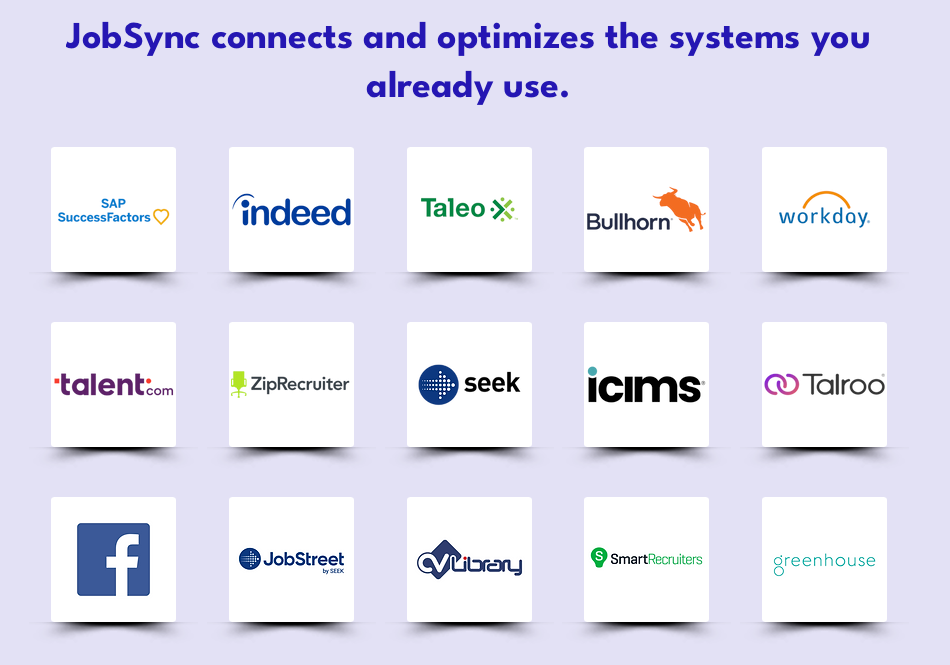Introduction to ATS Integrations for Job Boards Part 1 / 3
This is part 1 of a three-part blog series on ATS integrations for job boards.
During 2024, I received many advisory requests on ATS integrations for job boards. It is a hot topic, and like every hot topic in HR Tech, only some things are as advertised.
ATS integration providers have exploded in the past five years, targeting our industry as connectors and RPA vendors. At the same time, this is one of the most challenging problems to crack in our industry, so it is only natural that demand for this topic will increase.

This year, I have talked to many new vendors, job boards and AI-apply automation services, and many claim that they automated the application delivery process. Still, the truth seems slightly different when you start talking to the product teams or asking questions.
Here are a few thoughts that will help you understand what is possible and what is not.
What makes me qualified to talk about ATS integrations?
This is a good question. Most of you reading my blog or Linkedin (thank you for this) know me for writing content related to job boards SEO, Google Jobs optimization, job scraping and parsing, search and match and AI.
Five years ago, I joined Jobsync, a company pioneering the shift of the application process from the ATS directly to the job board, helping employers improve conversion rates. In 2019, I had the opportunity to work alongside Alex Murphy and lead product development to realize this vision fully.
When I left in early 2021, we had integrations with all significant ATS platforms—Taleo, Brassring, Workday, SuccessFactors—and all major job boards, such as Indeed, Monster, and Talent.

What is the goal of an ATS integration for a Job Board?
A job board can integrate with an ATS in multiple ways, so let’s cover the three most important ones:
- Getting jobs programmatically
- Pulling the application requirements (apply schema)
- Submitting an application
- Get the status of an application
The first type of integration is less interesting. It is relatively easy to do with scraping, and the data is public.
Still, there are plenty of cases where I would prefer to pull the data programmatically via API rather than scrape it.
However, the challenging part comes after this.
The lack of a seamless application flow hurts job seekers’ user experience and conversion rates.
Open Reddit and ten random comments will be, “Why do I have to fill out these crazy forms? They already have my resume/CV”.

For decades, the only way to fix this problem was with RPA (robotic process automation), where someone took a user's application and filled out the form on the ATS with some basic automation and scraping.
Here is how I would define a full ATS integration from the job board perspective:
The application process on the job board delivers the exact data required by the recruiter in the ATS using the current, up-to-date application schema, and the job board can track the application's stage.
What is the motivation of each side in an ATS to Job Board Integration
Let’s start with all the stakeholders in the ATS integration process and try to understand their motivation. There are four main stakeholders: ATS, Employer, Job Board, Vendors - ATS Connector and RPA Providers.
ATS Platforms
Honestly, ATS platforms have the least motivation to integrate with anyone. There are a couple of reasons for this:
- Integrations mean additional workload and technical risk
- Integrations mean additional resources for the onboarding of new partners
- In the context of automated applications, integrations will drive irrelevant applications if not done correctly, so risk for the core customer (the employer)
- Risks associated with not adequately managed access levels – there are plenty of ATS where the API keys you need for the application submission allow you to do a lot more
In short, this is different from their business model; it means effort and has no monetary value for them.
Employers are interested in maximizing the qualified applications they receive from each channel. This had changed a bit from the pre-COVID era when the goal of employers was to maximize applications as a whole. The vital part is that employers configure their ATS to follow all internal rules, requirements and legal regulations. The recruiter is highly interested in having this process (which is properly built up on the ATS) look the same on the job board.
Job Boards have a lot of reasons to have ATS integrations, and they are the ones that will profit the most from these. When a job board does an ATS integration, they get to:
- Keep the job seekers onsite and not send them to the ATS
- Be able to capture the data of the job seeker hosting the apply
- Drive the number of applications to the employer
- Have actual proof that an application happened that can be used to manage channel acquisition strategy
- Get feedback if the application was qualified and moved along the hiring chain
We will dive deeper into these in a bit.
Vendors like ATS Connectors and RPA providers have only one goal – to sell a service for a monthly subscription fee or get paid per delivered application. Specifically, the RPA vendors are the most “dangerous” ones for the ecosystem, as their whole business model is driven by getting paid for many delivered applications. They are incentivized by driving numbers up, not quality.
As you can already see, there is a bit of a conflict because the vendors are interested in usage, not quality or employer satisfaction.
In the next part, we will explore the advantages of job boards integrating with an ATS, how the integration works and the different vendors.
In the last part, I will cover the risks of the different vendors and how generative AI touches this topic.